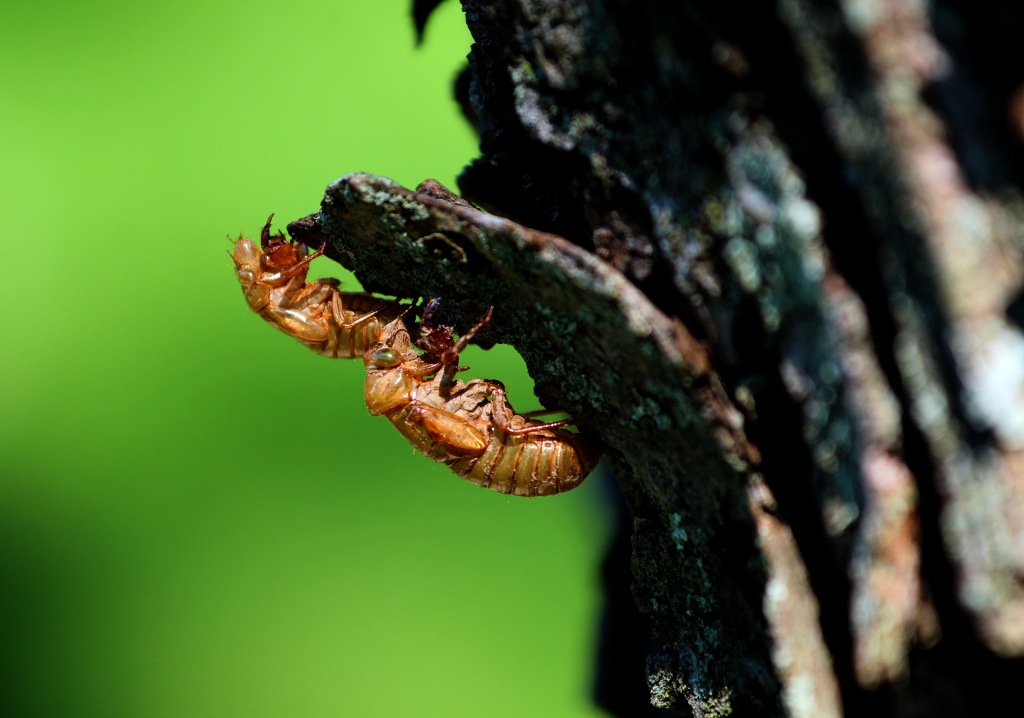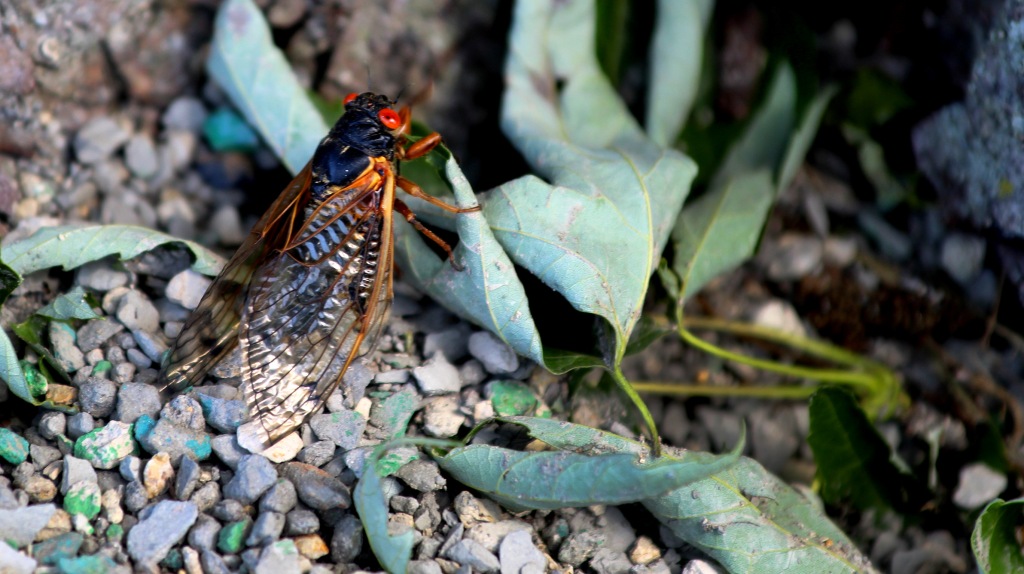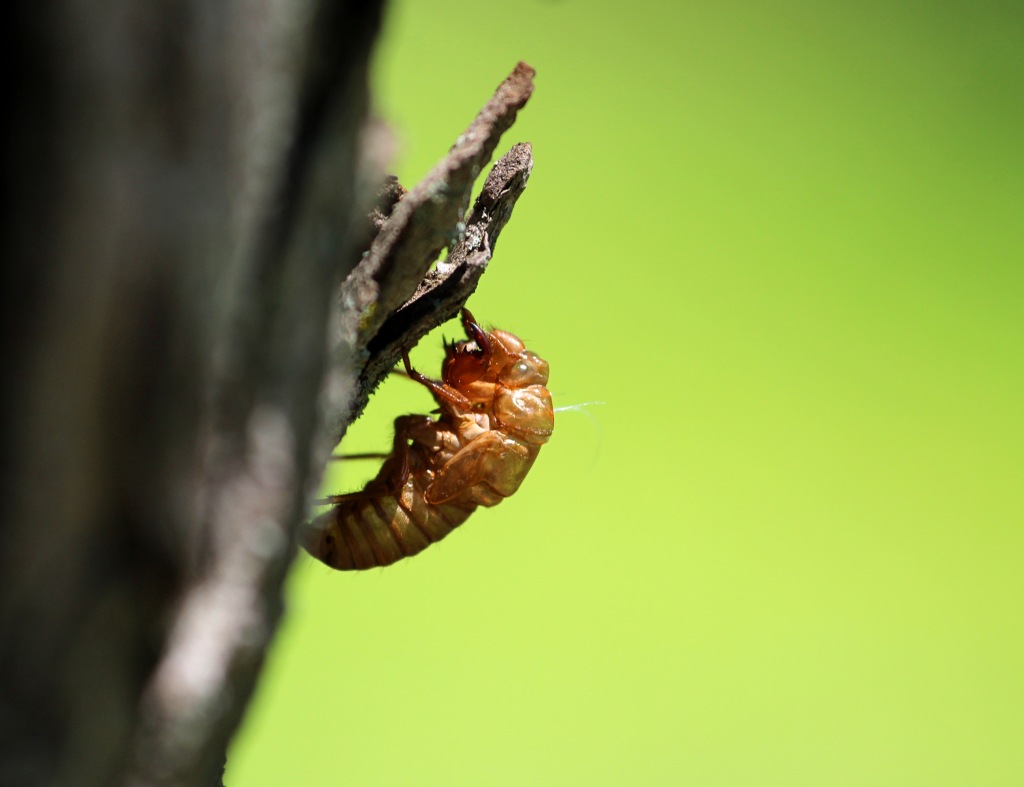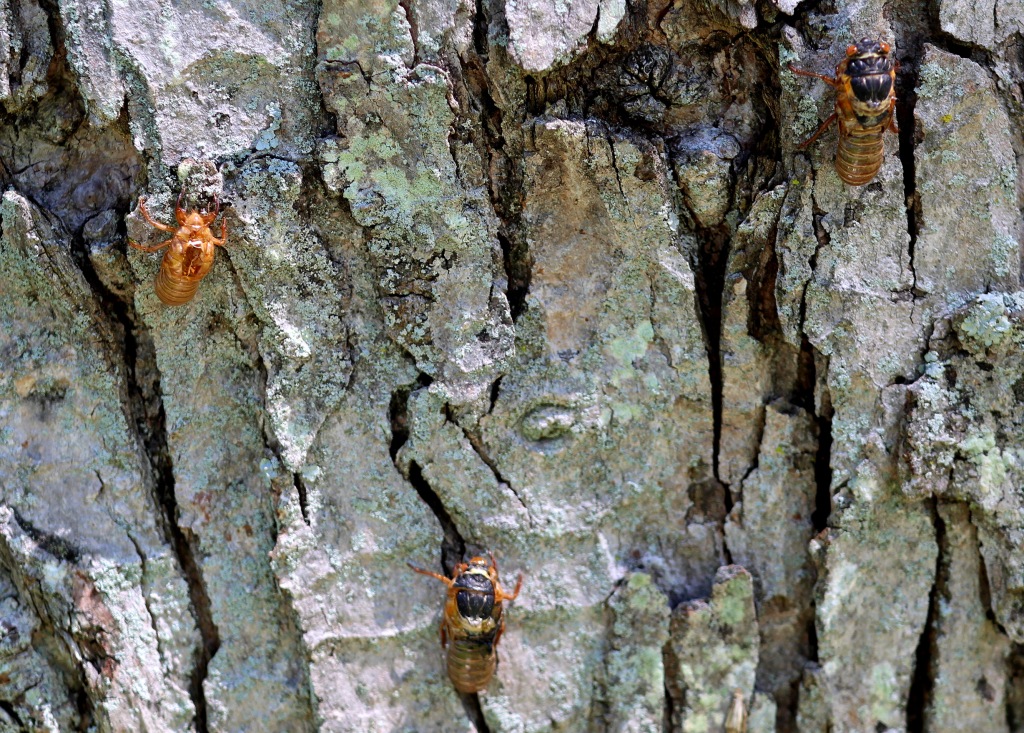
Brood XIX cicadas have waited 13 years to get noisy. They’re here.
By Clarion News
JEFFERSON CITY – Summers are meant to be noisy. But not this noisy. That buzzing you hear in the trees is thanks to Brood XIX cicadas, which come out of the ground every 13 years to mate, lay eggs, and…you guessed it, wait another 13 years to complete the cycle. This is a special year in the bug world.
Two separate cicada broods – one on a 13-year cycle and the other on a 17-year cycle – will emerge together in the Midwest for the first time since 1803. The same year Thomas Jefferson was president, Ohio became a state, and Beethoven was performing in Vienna. The Missouri Department of Conservation (MDC) says the two broods won’t emerge together for another 221 years. The two broods will mix together in northeast Missouri and a large portion of Illinois.
The MDC says the spring rain and warm soil tells the cicadas to emerge from the soil and start their six weeks of life in the trees. When the soil gets to about 64 degrees, the nymphs will emerge to shed their skins and climb into the trees. The males will crank-up their noisy mating calls and the females will lay eggs in the tree branches. The females don’t make noise. Eventually, the eggs will hatch into nymphs, which fall to the ground and burrow into the soil. In 13 years they emerge to begin the process anew.

Experts say some areas can have 1.5 million cicadas per acre. But not to worry, many animals gorge on the crunchy insects, which are completely harmless. Throughout history, humans have enjoyed the protein-rich bugs – including Native Americans. Some say they taste like asparagus.
Cicadas are incorrectly called locusts. According to some cicada buffs, the mistake was made by American colonists in the 1700s. It seems they needed an explanation for the periodic invasion, using the biblical horde of locusts as an explanation. The brood numbers – this year in Missouri is Brood XIX – comes from the first time scientists began counting specific brood hatches. That was Brood I. So, in Missouri, this is the 19th time the 13-year cicada has emerged.
To learn more, go to cicadasafari.org


